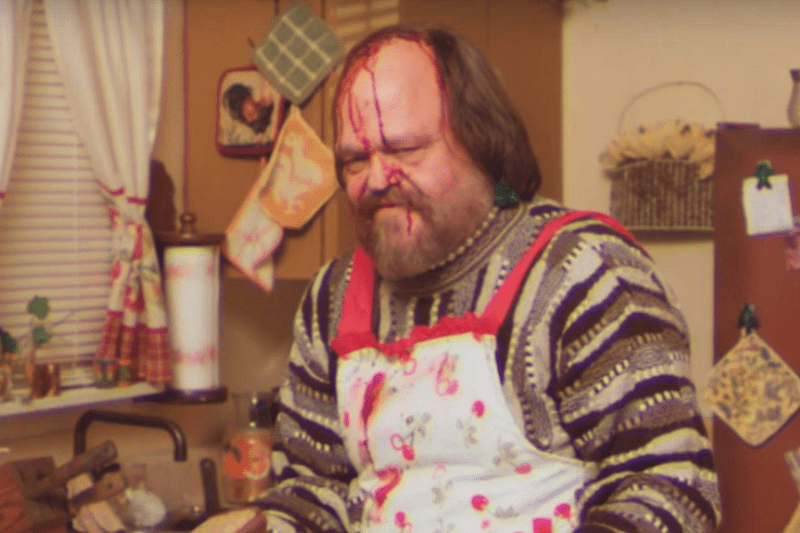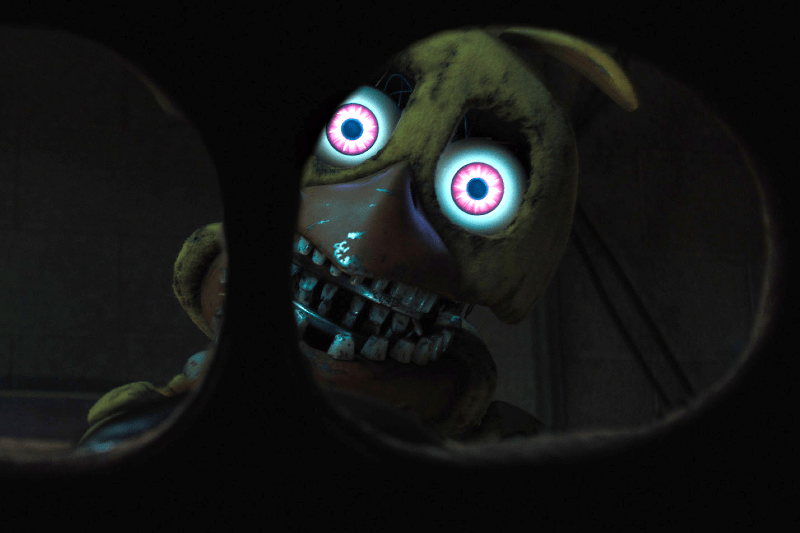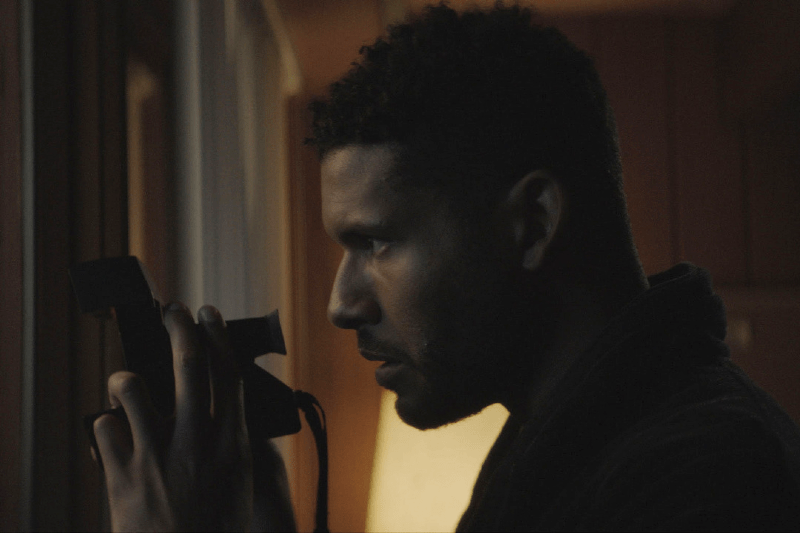My siblings and I grew up watching Cartoon Network. And while in different levels of interest, it is fair to say all of us grew into big genre media fans. My sister, the realist, prefers true crime; my brother, the nerd, gears towards sci-fi; while I, the weirdo, obsess over horror. Of course, the small sample of my siblings is no grounds for generalization. But after talking to friends and colleagues from horror fandoms, the pattern made itself clear. Many of the horror adults of today were once Cartoon Network kids.
The influence of television on those who watch it is a fact that has been endlessly discussed ever since its creation, particularly when it comes to children’s access to TV shows and media. There are many articles talking about the psychological, social and health effects media can have on the development of children. And while those topics might be important, they can often be framed through moralistic ideals that, personally, I’m not too interested in exploring.
It is much more interesting how the things we are exposed to as children shape our personal tastes. How the hell did I go from The Powerpuff Girls to Texas Chainsaw Massacre?
Part of a Warner Bros. division, Cartoon Network (CN) was launched in October 1992 after Turner purchased the animation studio Hanna-Barbera Productions in 1991. While it was envisioned as a 24-hour broadcast for classic animation, the channel quickly grew into a rich space for animators to explore out-of-the-box ideas.
The first original programming was The Moxy Show. However, it is fair to say it was through later shows such as Dexter's Laboratory, The Powerpuff Girls and Courage the Cowardly Dog that CN matured into its own style. With an eye for visual storytelling, Cartoon Network shows were heavily inspired by classic genre films, classical art, pop culture and sometimes even philosophical debates.
Look at The Powerpuff Girls. A seemingly sticky sweet show about girls with superpowers, until we’re presented with episodes where Blossom, Bubbles, and Buttercup have to fight against mind-controlling Boogey Man, reanimated corpses, creepy mimes, and, of course, the most iconic of them all, HIM. All the while, the show sustains many visual references to pop culture from the 1960s, be it their space-age outfits or villains like Mojo Jojo, who looks like he just walked out of the set of Planet of The Apes.
And this is not even half of it: as their original programming expanded, other shows with horror and sci-fi undertones came to the forefront. Dexter’s Laboratory, one of the earlier shows, was a clear homage to the classic 1950s nuclear creature features – alongside, of course, the visual references to other mad scientist characters, with his tiny lab coat and outrageous ideas.
One show that truly captured this creepy but fun aesthetic was the now-cult-classic Courage the Cowardly Dog. Created by John R. Dilworth as a short film, the concept was quickly picked up by Cartoon Network to become a show of its own. With visuals that mixed 2D animation, 3D elements, collage and, sometimes, live action, the show had a surrealist aesthetic that resembled a cross between a David Lynch plot with a Dali painting.
Most of the episodes followed the titular character, Courage, who had to protect his oblivious humans from all sorts of dangers. Personally, what I find most interesting about the show was its willingness to not only have creepy visuals but also discuss scary topics: loneliness, violence, child abuse, and death. While approached in a form palatable to kids, the show’s creators never backed up or assumed that their viewers weren’t capable of understanding and dealing with such subjects.
This earnest approach is arguably what made Cartoon Network resonate with audiences. Even when the subject matter was a little more tongue-in-cheek, like The Grim Adventures of Billy and Mandy, kids felt like they were allowed to explore a side of their psyche that was often suppressed by adults.
Fear is a big part of kids’ experience, as they are exploring an unknown world. And by exposing us to the classic imagery and topics of horror media, Cartoon Network and its creators raised a generation willing to not only deal with these fears, but also to approach them. The scary monsters were no longer unknown, but rather a source of curiosity and exploration. So, as their audiences aged up and the kid friendly shows were no longer scary to them, Cartoon Network came out with programming that has now become a fan favorite.
Launched in 2001, Adult Swim (AS) is a programming block that airs in the late hours on Cartoon Network. And while it might not be the adult programming you’re thinking – no, they did not air pornography – AS is a space in which the channel’s creatives have even more freedom to experiment and be weird. Shows such as Robot Chicken and Family Guy were part of the early scheduling of the now-independent channel. However, Adult Swim quickly developed a very unique and surrealist aesthetic that would become a trademark of their shows.
Infomercials is one of their most successful entries. A parody of late-night infomercials from the late 90s and early 00s television, the anthology mimics the aesthetic of these advertisements only to warp them into creepy and, sometimes, gory tales of declining mental health, unexplained phenomena, murder, or any other disturbing subject you can think of.
A great example is the viral Too Many Cooks video. What starts as a classic sitcom opening, introducing its white-washed cast of characters, slowly morphs into a murderess fever dream, as some of its characters are not as wholesome as initially presented.
Beyond being an incredible opportunity for creators to expand their portfolio, the genius of Cartoon Network adding Adult Swim to its programming was that it provided its rapidly aging audiences a gradual transition from kid-friendly shows, to more mature content. This way, they continued to educate future generations about all sorts of genre-infused content. And before you know it, you go from watching the Powerpuff Girls save Townsville from Mojo Jojo to cheering Sally in her struggles against Leatherface






